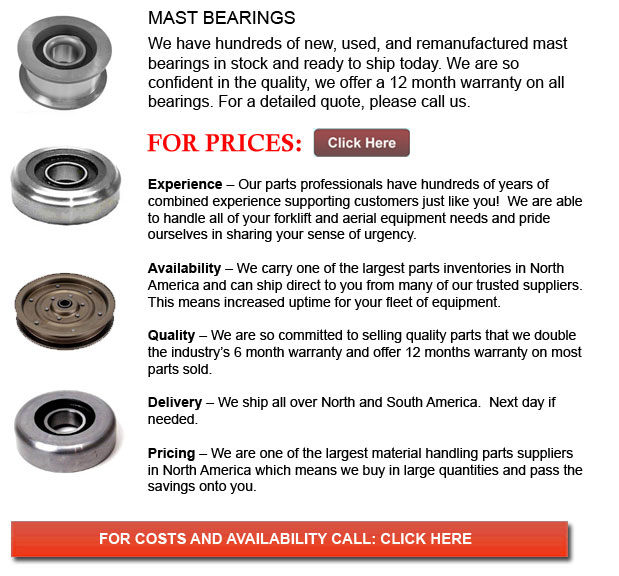
Mast Bearings - A bearing enables better motion between at least 2 components, normally in a linear or rotational sequence. They can be defined in correlation to the direction of applied weight the could take and according to the nature of their operation
Plain bearings are usually utilized in contact with rubbing surfaces, typically together with a lubricant such as oil or graphite also. Plain bearings could either be considered a discrete device or non discrete tool. A plain bearing may have a planar surface which bears one more, and in this particular situation will be defined as not a discrete device. It could consist of nothing more than the bearing surface of a hole along with a shaft passing through it. A semi-discrete example will be a layer of bearing metal fused to the substrate, while in the form of a separable sleeve, it would be a discrete tool. Maintaining the right lubrication allows plain bearings to provide acceptable friction and accuracy at minimal expense.
There are other bearings that could help better and develop effectiveness, reliability and accuracy. In various uses, a more fitting and exact bearing can improve weight size, operation speed and service intervals, therefore lowering the whole costs of operating and buying equipment.
Several types of bearings along with varying application, lubrication, shape and material exist in the market. Rolling-element bearings, for example, make use of spheres or drums rolling between the components to lower friction. Less friction gives tighter tolerances and higher precision compared to plain bearings, and less wear extends machine accuracy.
Plain bearings are normally constructed using different types of plastic or metal, depending on how dirty or corrosive the environment is and depending on the load itself. The kind and use of lubricants can considerably affect bearing friction and lifespan. For instance, a bearing may function without whichever lubricant if continuous lubrication is not an alternative because the lubricants could attract dirt which damages the bearings or tools. Or a lubricant may improve bearing friction but in the food processing trade, it can require being lubricated by an inferior, yet food-safe lube to be able to avoid food contamination and guarantee health safety.
Nearly all bearings in high-cycle uses need some cleaning and lubrication. They can require regular modification so as to lessen the effects of wear. Various bearings may need infrequent maintenance in order to prevent premature failure, though magnetic or fluid bearings may need little preservation.
Extending bearing life is usually achieved if the bearing is kept clean and well-lubricated, although, several types of operation make constant maintenance a difficult task. Bearings situated in a conveyor of a rock crusher for example, are constantly exposed to abrasive particles. Frequent cleaning is of little use since the cleaning operation is expensive and the bearing becomes dirty once again as soon as the conveyor continues operation.
![]() Click to Download the pdf
Click to Download the pdf
Forklift Parts
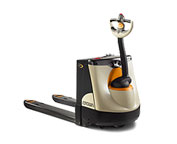
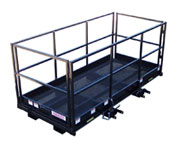
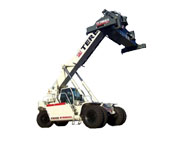
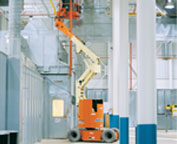
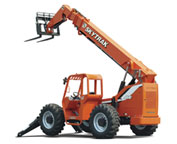
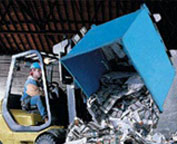
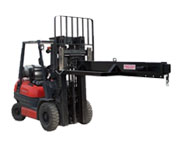
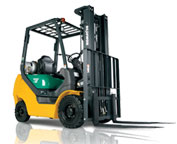
Lift Parts Express
TOLL FREE: 1-888-695-7994
LOCAL: 661-471-2086
2010 WEST AVENUE K 617
Lancaster, California
forkliftpartslancaster.com
Email Us
About Us


